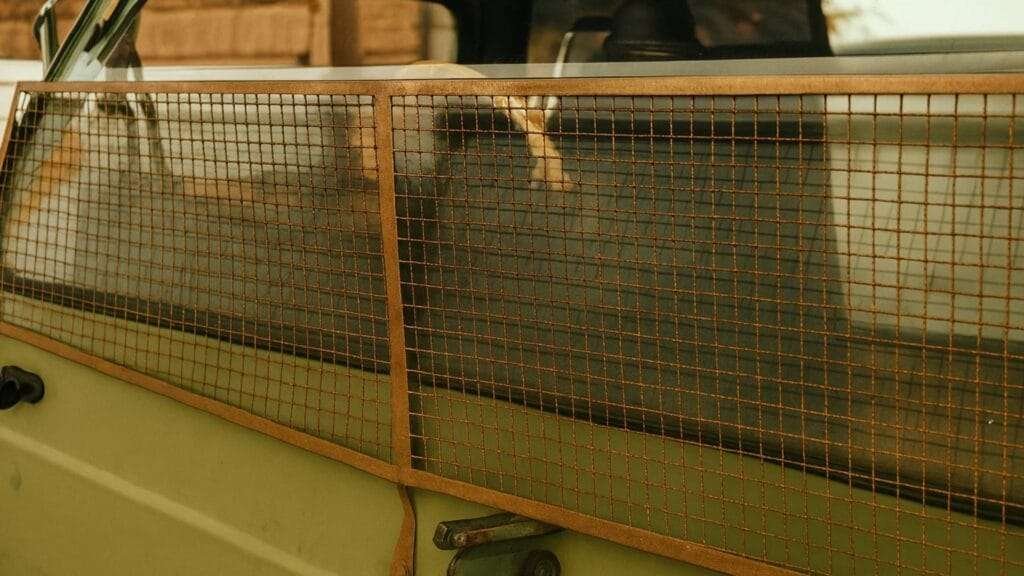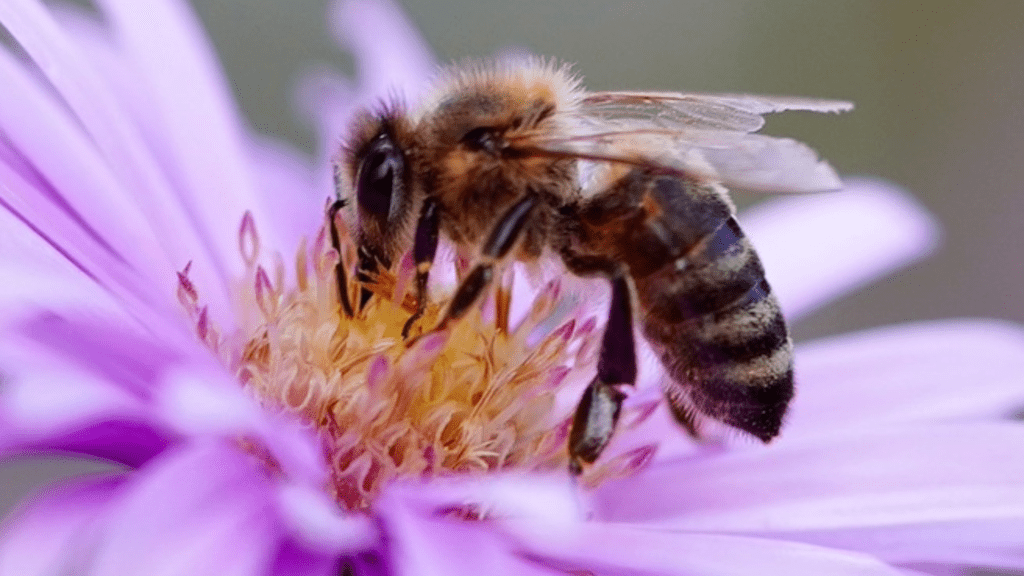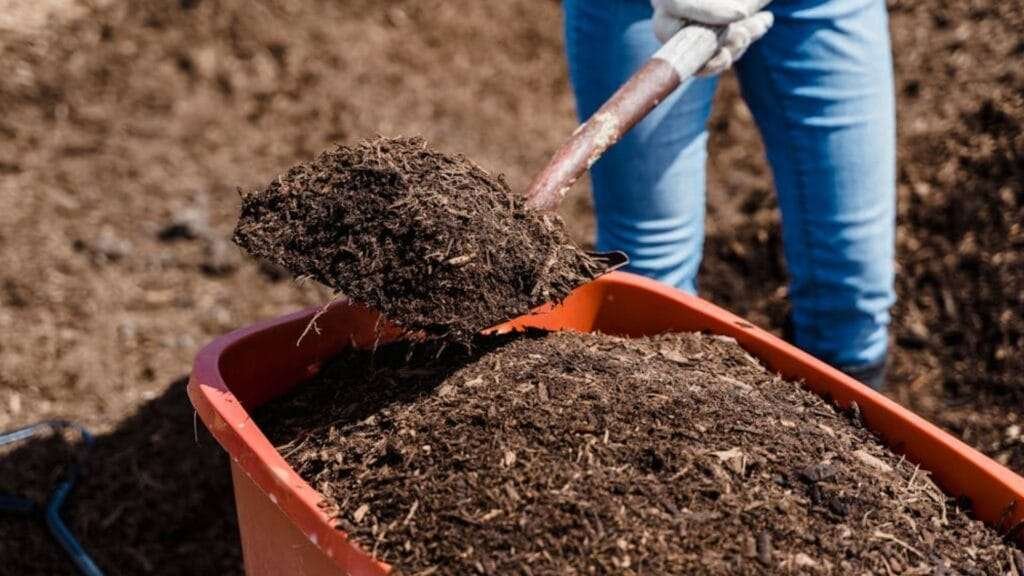Murrumbidgee Irrigation Area Forest Management History.
The Murrumbidgee Irrigation Area (MIA) was developed in 1912 after commissioning of the Burrinjuck Dam in the Snowy Mountains of New South Wales, Australia.
The MIA was first designed as a gravitational irrigation system close to the Murrumbidgee River in Yanco. Since then, it has transformed into an essential asset for the region’s agricultural output.
In the Australian state of New South Wales, the MIA spans an astounding 660,000 hectares, or roughly 1,600,000 acres, in the Riverina region.
It’s a huge area of land planted with crops and used for irrigation.
The main water source for the MIA is the Murrumbidgee River, which flows through this area and supplies essential water for ecosystem support and irrigation when it is in good health.
Another important river resource for the MIA is the Tumut River, which adds to the overall water supply when it merges with the Murrumbidgee River close to Gundagai.
Numerous smaller rivers can be found within the MIA, such as the Tarcutta Creek, Jugiong Creek, Old Man Creek, Yanco Creek, Colombo Creek, Goodradigbee River, Numeralla River, Cotter River, and Goobarragandra River.
From the MIA’s founding in 1912, forest management has been a rich part of its history.
It encompasses various forested areas, including:
1. River Red Gum Forests: These iconic Australian forests thrive along riverbanks and floodplains. River red gums (Eucalyptus camaldulensis) are well-adapted to periodic flooding and rely on natural water inundation for regeneration.
a. These majestic trees, with their distinctive red trunks, provide vital habitat for a wide range of plant and animal species.
b. The river red gum forests play a crucial role in maintaining the ecological balance of the region.
2. Wetlands and Riparian Zones: Wetlands and riparian zones adjacent to rivers and creeks are critical for biodiversity.
a. They provide habitat for native plants, animals, and waterbirds.
b. These areas provide breeding grounds for numerous bird species and serve as critical stopover points for migratory birds.
c. The wetlands also help in water purification and flood mitigation.
MIA Forest Management History.
Over the years, various methods have been employed to ensure the sustainability of the forest areas within the MIA
Since its establishment, the management of forest areas around the MIA has been guided by the principles of sustainability.
Various methods have been employed to ensure the long-term health and vitality of these ecosystems.
Some of these methods include:
1. Controlled Flooding: One of the most significant practices in forest management around the MIA is the deliberate, calculated, and controlled flooding of certain forested areas.
a. This practice aims to mimic natural flooding patterns and support ecosystem health.
b. By periodically inundating these areas with water, the forest ecosystems receive the necessary nutrients and maintain a healthy balance.
2. Ecosystem Monitoring: Regular monitoring of the forest areas helps in assessing the health and biodiversity of the ecosystems.
a. This monitoring involves the collection of data on plant and animal populations, water quality, and habitat conditions.
b. The information gathered through monitoring enables forest managers to make informed decisions and take necessary actions to maintain the sustainability of the forest areas.
3. Habitat Restoration: Habitat restoration efforts are crucial for maintaining the biodiversity and ecological balance of the forest areas around the MIA.
a. These efforts involve activities such as reforestation, removing invasive species, and creating suitable habitat conditions for endangered or threatened species.
b. By restoring and enhancing habitats, forest managers ensure the long-term viability of the ecosystems.
4. Community Engagement: Engaging the local community in forest management initiatives is vital for the success of sustainability efforts.
a. By involving the community in activities such as tree planting, habitat restoration, and educational programs, forest managers foster a sense of ownership and responsibility among the residents.
b. This collaboration between forest managers and the community creates a shared commitment to the preservation of the forest areas.
The Importance of Controlled Flooding Within the MIA.
Maintaining healthy river red gum forests and wetlands requires the purposeful, planned, and controlled flooding of MIA forested areas.
Periodic flooding is essential to the ecosystems’ ability to maintain ecological balance and biodiversity.
Historically, river red gum forests and wetlands have benefited greatly from natural flooding.
But the natural flooding patterns were upset by the creation of the MIA and the building of irrigation infrastructure.
The ecosystems of the forests were in danger of not surviving because of this disruption.
Forest managers adopted controlled flooding techniques to lessen the negative effects of changed flooding patterns.
These techniques entail the controlled release of water into designated forested areas in an effort to replicate the historical natural flooding patterns that were common in the area.
In addition to replenishing the water levels in the wetlands and guaranteeing the availability of suitable habitat for a variety of plant and animal species, controlled flooding serves multiple purposes.
In addition to revitalising the soil and encouraging the growth of native vegetation, flooding aids in the removal of accumulated sediments and nutrients.
Controlled flooding also helps many bird species that depend on the wetlands for their survival in their cycles of reproduction and feeding.
The growth of aquatic plants and the proliferation of tiny invertebrates, which serve as the foundation of the food chain for many bird species, are made possible by the inundation of water.
Forest managers are able to preserve the ecological balance of the forested areas surrounding the MIA by controlling flooding to mimic natural patterns.
This practice promotes the long-term health and sustainability of river red gum forests and wetlands, preserving their unique biodiversity for future generations to enjoy.
Water Resource Planning in the MIA.
Water resource planning is an important tool for managing the MIA’s water allocation and environmental needs.
The Murrumbidgee Water Resource Planning (WRP) programme, which was recently accredited in February 2024, focuses on sustainable water use and ecosystem health.
Various stakeholders, including farmers, environmental organisations, and government agencies, work together to balance water use. They are developing strategies to improve irrigation, ecological requirements, and outcomes.
They have formed teams to assess soil conditions and geology in order to develop more sustainable land and water management practices.
Geotechnical investigations will inform decisions about infrastructure development and land use.
Habitat restoration is a key focus, and efforts are underway to restore native vegetation, such as river red gums and wetland plants.
It benefits not only forests but also threatened species like the southern bell frog.
In summary.
Forest management in the Murrumbidgee Irrigation Area combines controlled flooding, water resource planning, collaboration, and habitat restoration.
While specific practices have evolved over time, the goal is still to balance agricultural needs with ecological sustainability.









I used to love Ricegrowers Rice, are they still going down there?
Yes Yong, I believe they still are, you can also google ‘sunrice’ I think that’s the same company, have a great day.